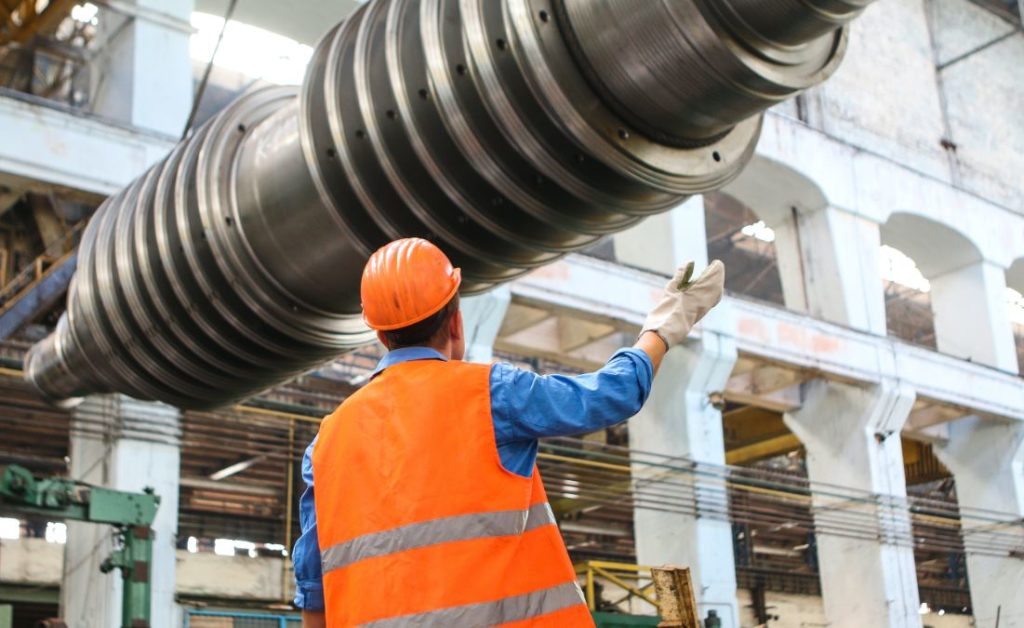Working in total safety: this is the goal of the technological solutions that companies are developing to return to normality
The coronavirus epidemic, in addition to a very serious public health problem, has also caused a sharp stop to the world of work, with serious consequences, in the short and long term, on the economy of the countries involved.
Despite the efforts to create a vaccine able to mitigate the risk of illness, we still do not know what measures will be taken by companies to allow the normal performance of production activities in the workplace, nor when the so-called “Phase 2“, during which a gradual return to normal will begin.
Therefore, there is a need to develop concrete solutions able to allow people to work safely, without exposing themselves to the risk of contagion by respecting the prevention directives.
A partial solution to the problem may be to monitor the movements and interactions of workers within the common areas, so as to limit as much as possible contacts and gatherings.
Equipping employees with wearable proximity sensors can easily enable this tracking, minimising risks and sending warning messages when safety distances are exceeded.

Wearable bracelets and data analysis with proximity sensors
The Engineering Group, which coordinates national and international projects thanks to a team of 420 researchers and data scientists and a network of scientific and university partners throughout Europe, has developed an integrated platform that analyses, monitors and forecasts risky behaviour of staff in the workplace, intervening in real time when the system detects the possibility of a problem.
Each worker can be equipped with a wearable proximity sensor, for example a wristband, which relates to other sensors in the vicinity, exchanging information. The data collected is sent to a server that monitors in real time the respect of distances between staff.
When the sensors record that two or more people have exceeded the safety limit in a specific time interval, it warns them by vibrating, or with an audible or visual alarm, by turning on LEDs.
Predictive analysis and risk minimization
By cross-referencing and analyzing the data, it is possible to take preventive action to avoid contact before it occurs.
The benefit is therefore extended to the identification of risk behaviours and possible clusters of risk relationships, through an absolutely anonymous aggregation of data.
A step towards job security in the months after COVID-19 and also in the direction of the digitization of companies and the world of work.
Want to know more about technological solutions to fight the pandemic? Download the special issue of the magazine “The Patent” dedicated to the Coronavirus!”